The Netflix Violent War Epic Leaves Viewers An Emotional Wreck
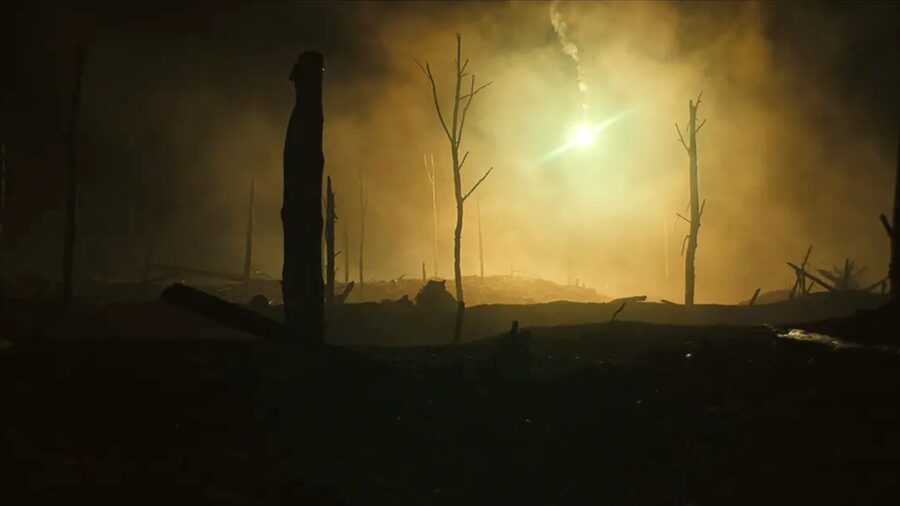
War is Hell. Yet films often fail to convey that hard but important truth. Instead, however unintentionally, they sanitize the unimaginable horrors of combat. Thankfully, All Quiet on the Western Front does the opposite.
It’s a relentless, unflinching portrait of World War I—and war in general—that demands your attention.
A Dark, Realistic Look At War
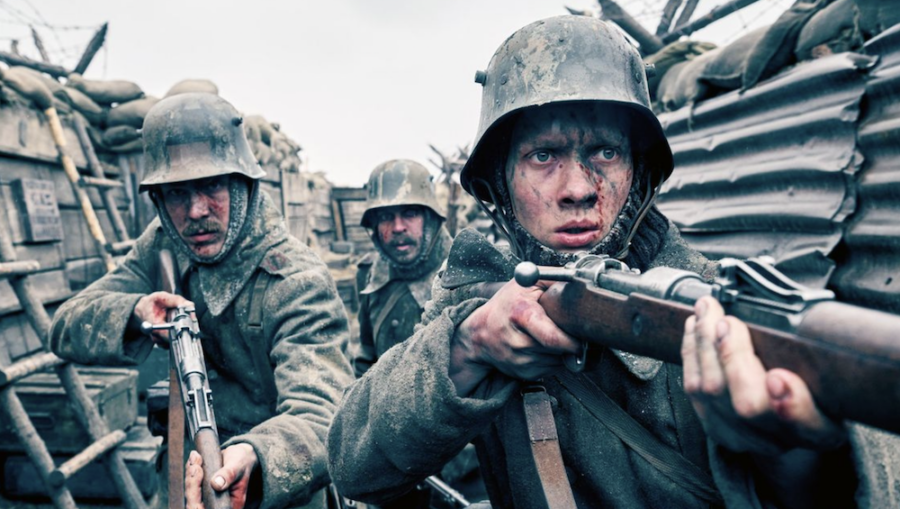
Indeed, few films—perhaps only Saving Private Ryan—manage to depict the sheer brutality and pointless carnage of conflict as poignantly as this drama released in 2022. All Quiet on the Western Front is based on the seminal novel by Erich Maria Remarque and represents the latest in several film adaptations and adaptations of his work. Like all versions, whether literary or cinematic, the narrative presents a grim tableau of the First World War through the eyes of young soldiers.
Not What Eager Enlisters Are Expecting
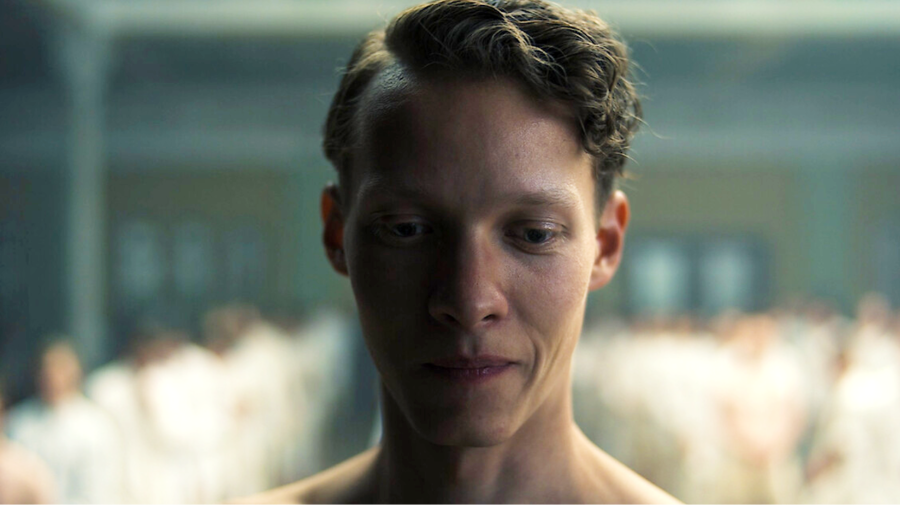
All Quiet on the Western Front is a German production adapted by writers Lesley Paterson and Ian Stokell and directed by Edward Berger. Viewers journey along with a generation of teenagers from patriotic fervor to harrowing disillusionment on the Western Front. The story primarily concerns 17-year-old Paul Bäumer and his friends. Swept up by the nationalistic zeal cascading across Germany, the teenagers enlist in the Imperial German Army. The bleak reality of trench warfare swiftly obliterates their starry-eyed idealism. The first incident characterizing the staggering horror of the conflict occurs early in All Quiet on the Western Front when Paul and his friends unknowingly receive uniforms themselves taken from recently killed German soldiers and merely passed along.
From Personal Viewpoints

One by one, the high schoolers succumb to the terrors of the trenches–killed by artillery shells and bullets. Meanwhile, the charismatic, tough-as-nails mentor character, Stanislaus “Kat” Katczinsky, acts as modern-day Virgil, guiding the lads through the Inferno. Impressively and intricately, the film incorporates historical events such as the armistice negotiations led by Matthias Erzberger.
It does so while seamlessly involving personal stories of survival and loss. The juxtaposition enriches All Quiet on the Western Front, as political maneuverings counterbalance the soldiers’ visceral experiences. The conflation of the two exposes the stark disconnect between the battlefield and the negotiation table.
Doesn’t Polish War
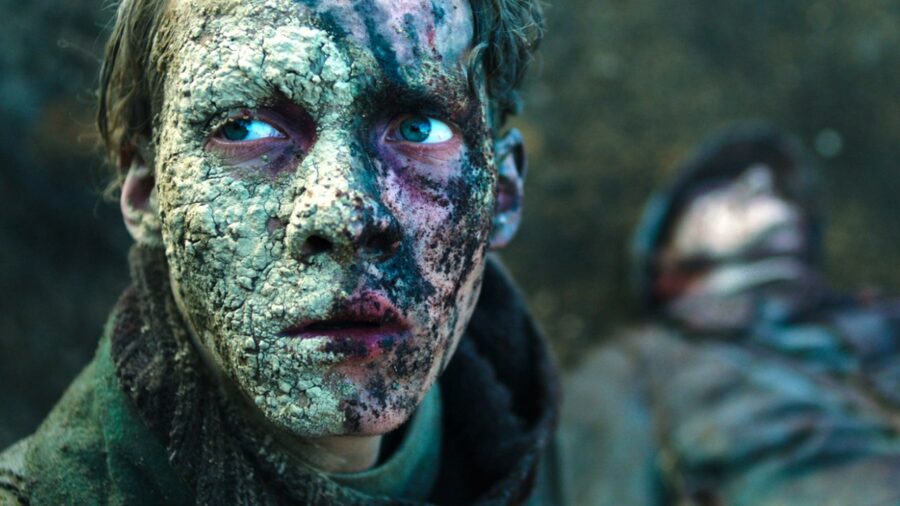
Ultimately, the film functions effectively yet harrowingly as a mediation of war’s absurdity and absolute tragedy. Scenes, like the death of Paul’s friend Albert, slaughtered while attempting to surrender–or the orgy of violence Paul and his numbed, battle-hardened compatriots must inflict literal minutes before the armistice–render this film anti-war work par excellence.
The Unbelievable Journey To Making The Film
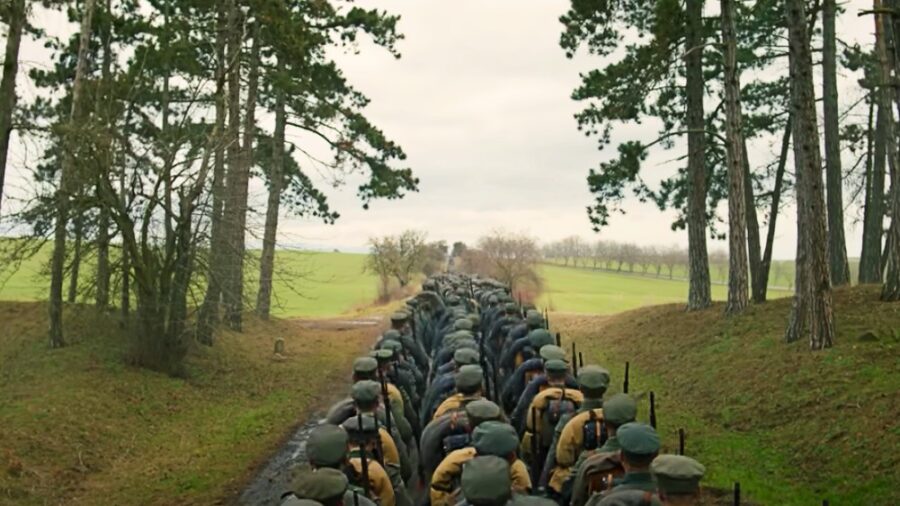
Paterson and Stokell’s dedication to adapting All Quiet on the Western Front’s narrative and updating it for today’s streaming audience spanned over 16 years. Securing and maintaining the option of the novel was an expensive endeavor. To pull it off, Paterson took part in several XTERRA triathlons, winning first place with $20,000. She would ultimately claim victory in five triathlon world championships over the more than a decade and a half she and Stokell wrote the film. Talk about dedication.
Praised By Critics And Audiences

Upon its release, the film earned widespread critical acclaim. Experts lauded All Quiet on the Western Front’s portrayal of World War I’s futility, a vision resonating powerfully with audiences. The film received substantial viewership on Netflix: more than 150 million viewing hours logged worldwide. Currently, the movie holds a 90 percent rating on Rotten Tomatoes. Critics also applauded the project for its visual grandeur alongside the excess of powerful performances. For example, cultural historian Bethany Wyatt declared it the finest film about the First World War ever made.Experts enjoyed James Friend’s cinematography, and we can understand why. One moment, it sweeps over scarred battlefields, then cuts to intimate, uncanny shots of woodland wildlife before transitioning to the claustrophobic, mud-drenched misery of the trenches. Volker Bertelmann’s score for All Quiet on the Western Front, engagingly industrial, electronic, yet classical, reaped well-deserved recognition, including accolades at the 95th Academy Awards.
Streaming On Netflix

That said, the film garnered some criticism. Notably, both critics and historians deducted points from the movie for deviating from Remarque’s novel. Indeed, the sequences aboard the train car, during which the Treaty of Versailles is hashed out, were invented by the screenwriters and do not feature in the source material. Critics pointed out that, conceivably, these scenes smell faintly of historical revisionism, even political bias. Harsher critics charged these additions dilute the work’s otherwise potent anti-warm message. However, despite these critiques, the movie’s impact remains undeniable and enormous. Stream All Quiet on the Western Front today.












